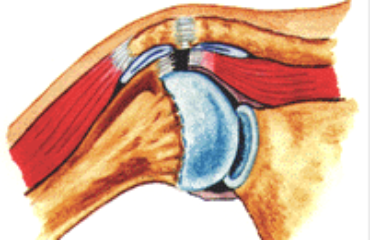As aging occurs in the body, it is inevitable that certain body parts will break down over time. One of the most common areas that is heavily affected by the process of aging is the hip. Luckily, modern medicine has developed a variety of different ways to treat the condition and ultimately replace the hip.
Orthopedic surgeons can perform the surgery and give a patient a new hip that will be able to function similarly to the original hip. The type of surgery will depend on the current condition of the hip of the patient. For instance, a total hip replacement can be done, however if it is not necessary a partial replacement can also be performed by a qualified surgeon.
Is a New Hip the Answer for You?
When patients are feeling arthritis pain, hip treatment can be performed to relieve the pain. Replacing the full hip involves a  more lengthy process. The acetabulum and the femoral head will both be replaced in this process.
more lengthy process. The acetabulum and the femoral head will both be replaced in this process.
Today, hip replacements are the most commonly performed orthopedic operation. However, it is always important to speak with a doctor and get a wide range of opinions to ensure the long-term success of a new hip, as there are a number of risks associated with the operation. Suffering from a dislocated hip is the most common problem that patients will have after the surgery has been completed. As it can take up to 3 months to completely heal from the surgery, there is ample time for the hip to slip out of the socket. However, the way that the surgery is performed can have an effect on the chance of this happening. Furthermore, patients can practice certain techniques to keep the leg out of certain positions post-surgery.
From a long-term perspective, osteolysis can occur in patients. This means that bone will be lost as the plastic begins to wear inside the body. While solutions are being developed for this, it is still an issue for many patients. Orthopedic surgeons will have different answers and different solutions to try and curb this from happening in their patients.
The Surgery
The actual surgery can be conducted in a number of different ways. There is no correct way to perform the operation, and it will depend on the orthopedic surgeon as to how the surgery is performed. These different approaches include posterior, lateral, the antero-lateral, anterior, and less invasive approaches. Consult with your doctor as to which of these techniques is best for your situation. Furthermore, the actual implant that is put into the hip will vary depending on the type of surgery that is performed, as well as by the surgeon.
There has been much research into the different types of implants that are used in this surgery, see Primary hip replacement prostheses and their evidence base: systematic review of literature http://www.bmj.com/content/347/bmj.f6956 for an overview. Regardless of the type of implant and the approach that is used, ensure that you are comfortable with the surgeon. Having full trust between you and your doctor is essential for your long-term recovery and the short-term operation of your hip replacement.
See Also: The Basics of Shin Splints from a Phoenix Orthopedic Surgeon



